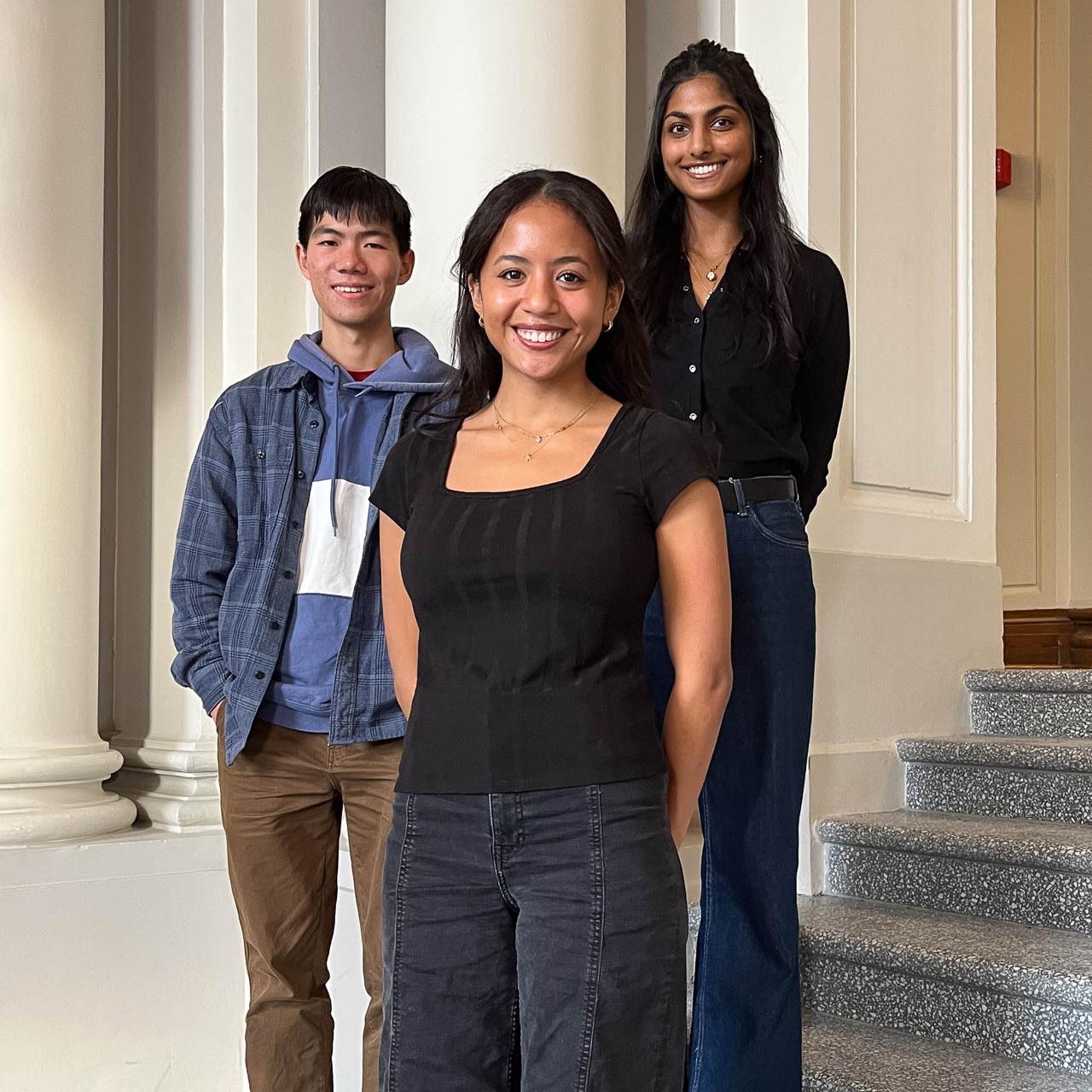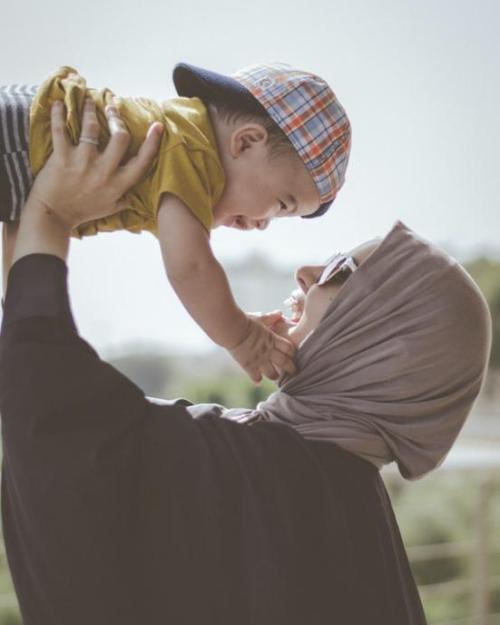Babies may lack vocabulary, but they use babbling to tell parents and even strangers, “Hey, I’m talking to you!” – and they expect a response.
In a new study, Cornell psychology researchers have found that babies learn their prelinguistic vocalizations – coos, grunts and vowel sounds – change the behaviors of other people, a key building block of communication. It is one of the first studies to propose that human development is driven by babies making predictions about the social world.
When babies are three to five months old, they gain this knowledge by experimenting with adult responses, the researchers learned. Moreover, a caregiver’s responsiveness to their infant’s vocalizations is linked to the infant’s developing expectation that their vocalizations have social effects on strangers.
“A baby’s babbling functions as a tool, to probe the social world and figure out who to pay attention to,” said Michael Goldstein, professor of psychology in the College of Arts and Sciences. “Babies don’t have unlimited energy or attention; a great strategy is to throw immature behaviors out there and see what comes back.”
“Learning how to Learn from Social Feedback: The Origins of Early Vocal Development,” published July 5 in Developmental Science, is the first demonstration of vocal learning in prelinguistic infants over the first five months of life, Goldstein said. In contrast to the traditional view that babbling is only a byproduct of motor practice, Goldstein’s research found social responses to babbling facilitate infants’ active learning of the sounds they need to produce to effectively communicate. The research has roots in bird song, which Goldstein’s lab also studies.
These findings are important not just for parents of infants, but for anyone interested in communication, said Steven Elmlinger, doctoral candidate and lead author of the study.
Making predictions is a major job of the brain, Elmlinger said, and babies, as novice communicators, are beginning to form predictions that they themselves are successful communicators. “If I’m a five-month old in our study, when I vocalize, it has social influence on the world. It changes other people around me,” he said.
In a study of infants and their caregivers at Cornell’s Behavioral Analysis of Beginning Years Laboratory (B.A.B.Y. Lab), the researchers watched 2-month-olds and 5-month-olds play with their caregivers and an experimenter. After a minute of face-to-face play, the experimenter stopped responding to the infant, instead giving a neutral “still face” for two minutes.
The 2-month-olds showed no change in babbling. But the 5-month-olds responded strongly, with a burst of intense babbling, followed by a cessation of babbling. This reaction, called a “vocal extinction burst” is something adults do all the time, Goldstein said.
“When the elevator doesn’t show up when you think it should, you’re likely to press the button more, or to press other buttons,” Goldstein said. “You’re frustrated because your prediction wasn’t fulfilled, so your exploratory behavior increases – you do more stuff.”
Extinction burst responses have been documented in many species, including rats, birds and other species, said Elmlinger. “Two-month-old babies don’t do that yet because they haven’t had enough accumulation of interactions with social partners, of seeing the effects of their own vocalizations on adults, to form this expectation,” he said.
The extent to which babies expect a response to their vocalizations depends on their everyday social interactions with caregivers, Elmlinger said. Just before the babies did the still face experiment, they played with their caregivers like they would at home. The more the caregivers responded positively to the babbling, the more the babies “burst” because they had accumulated more evidence that their vocalizations are socially effective and had stronger expectations that people would respond to their babbling, he said.
“Parents matter,” said Goldstein, who found in previous research that the prolonged development period humans experience is an advantage, allowing for complex social learning. “Evolution has designed babies to be dependent on parents and parents to be responsive to infants. They are a co-evolved and co-developing system.”
The contingency filter helps human infants transition from being passive observers to active social participants, Elmlinger said: “Interaction with adult social partners is good practice for what they’re going to do as active participants in the world later.”
This study was supported by the National Science Foundation.






